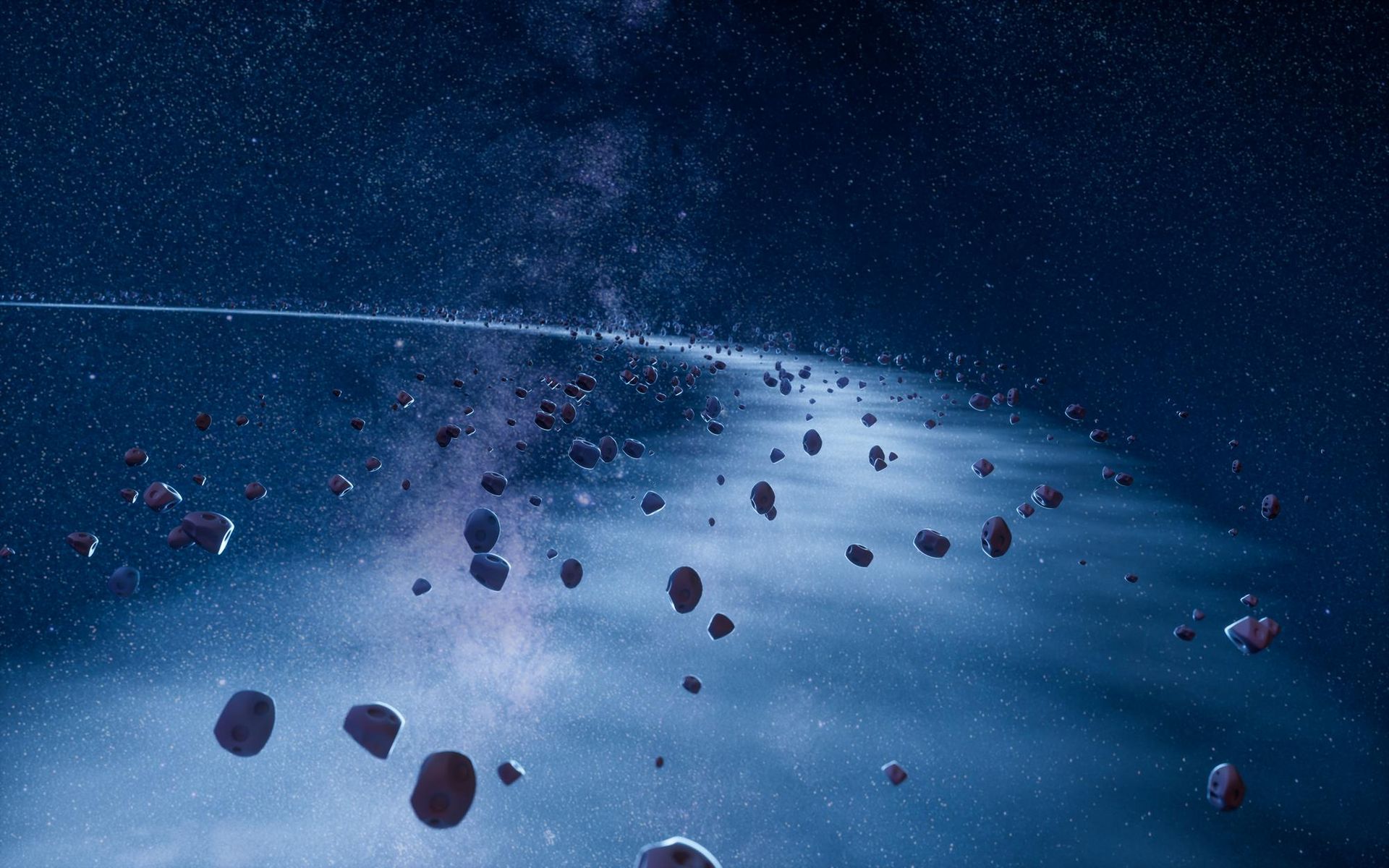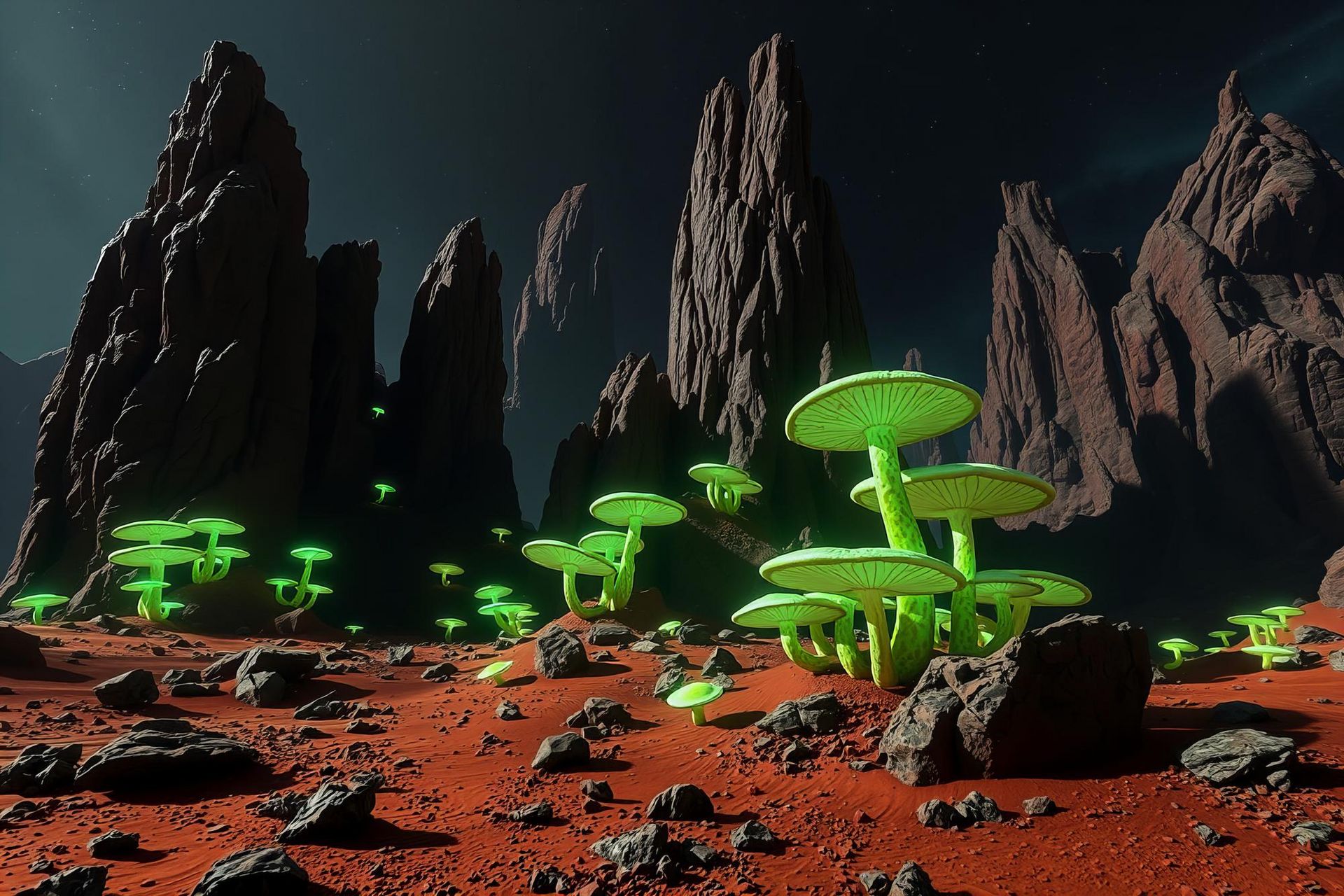- Sabine's Newsletter
- Posts
- Deep Fission, Persistent Asteroids, the Physics of Life, & Quantum Tunneling
Deep Fission, Persistent Asteroids, the Physics of Life, & Quantum Tunneling
This week’s science bits from SWTG

Nuclear Power, But Underground

Image Credits: DeepFission
The American startup Deep Fission wants to make nuclear power cheaper and safer by an incredibly simple yet ingenious idea: Bury the nuclear reactors underground. Concretely, they want to use small modular reactors (uranium fuel) with 15 megawatts each and bury them about 1 mile deep. This way, they hope to slash surface construction expenses by up to 80% and speed up rollout times compared to traditional plants. To date, they have raised a total of $34 million, hope to have a prototype going next year, and want to proceed to full commercial operations by 2029. Why hasn’t anyone thought of this before? Because drilling a mile deep hole isn’t cheap either. I’m skeptical it will make commercial sense, but it’s good that someone tries it. More here.
This week’s episode of Science News is about the 2025 Nobel Prize in physics. This year, the prize was awarded for macroscopic quantum tunneling. What is quantum tunneling and what is it good for? Here’s a brief summary.
Asteroid Belt Will Outlast Sun, New Calculation Finds

The asteroid belt between Mars and Jupiter is thought to be debris dating back all the way to the beginning of our solar system. The asteroids there, however, constantly bump into each other. This makes them gradually smaller and some of them get kicked out. In a preprint that just appeared on the arXiv, astrophysicist Julio Fernandez calculates the mass-loss of the asteroid belt, and estimates it to be roughly 0.0088% every million years. About 80% of that is tiny particles of dust that give rise to our night sky’s zodiacal light. The rest are larger bits that sometimes smash into planets. But this mass-loss is so small that the belt will still have more than half of today’s mass when the Sun has burnt through its nuclear fuel, in roughly 5 billion years. Paper here.
Fact-based news without bias awaits. Make 1440 your choice today.
Overwhelmed by biased news? Cut through the clutter and get straight facts with your daily 1440 digest. From politics to sports, join millions who start their day informed.
How Physics Shapes Life, On This and Other Planets

In a paper which appeared just two weeks ago, physicists use a very simple argument to make a surprising prediction for life on other planets. They say they can derive how an organism grows directly from constants of nature. They argue it all comes down to chemical bond energies and reaction rates, which is ultimately physics. From this, they conclude that while the growth of an organism depends sensitively on the temperature of the environment, the efficiency at which these organisms use energy doesn’t. If they’re right, this means basically that life on colder planets evolves slower, but it still evolves.
